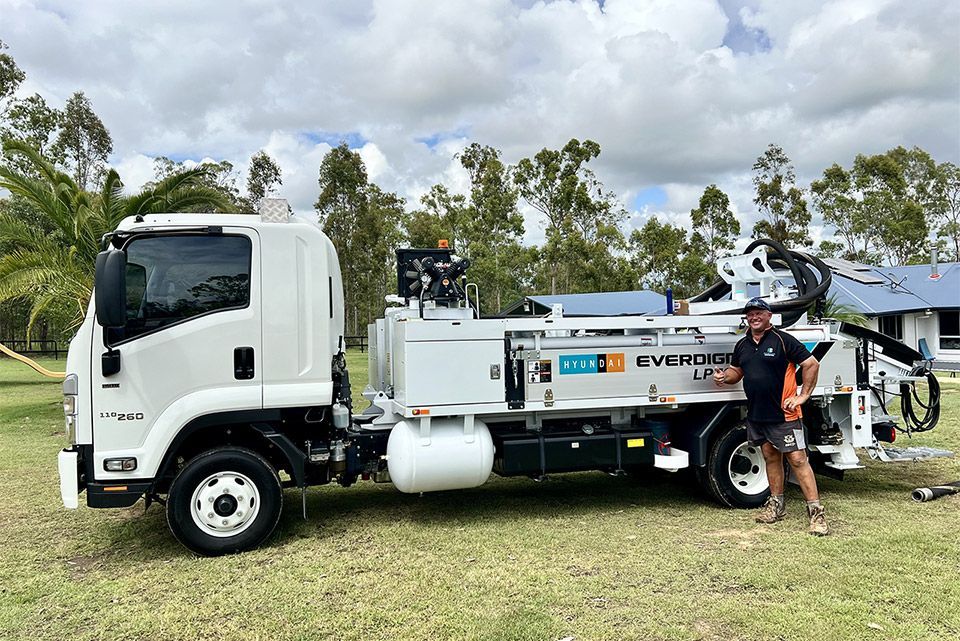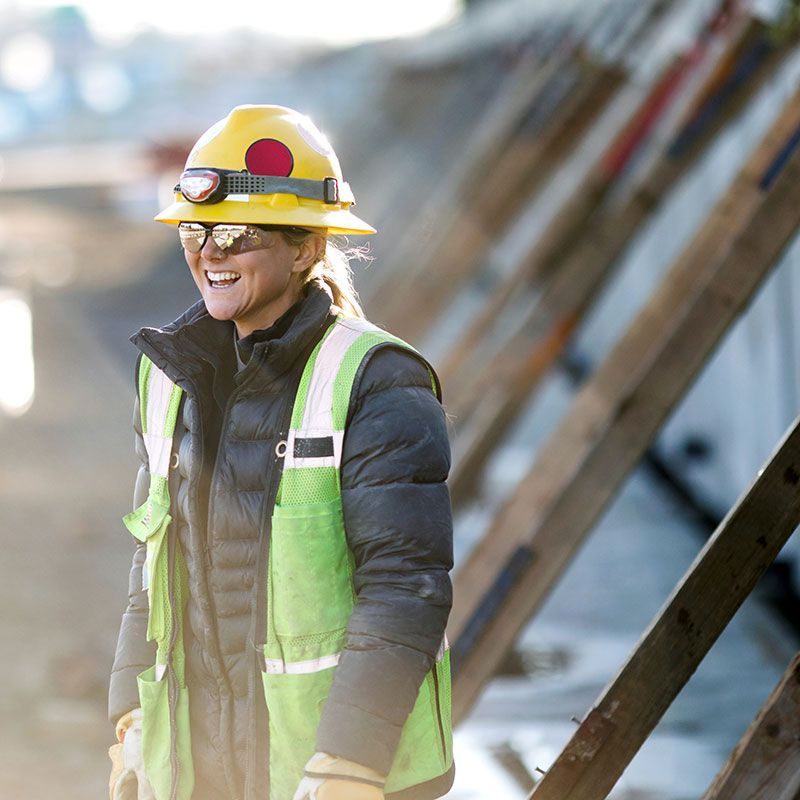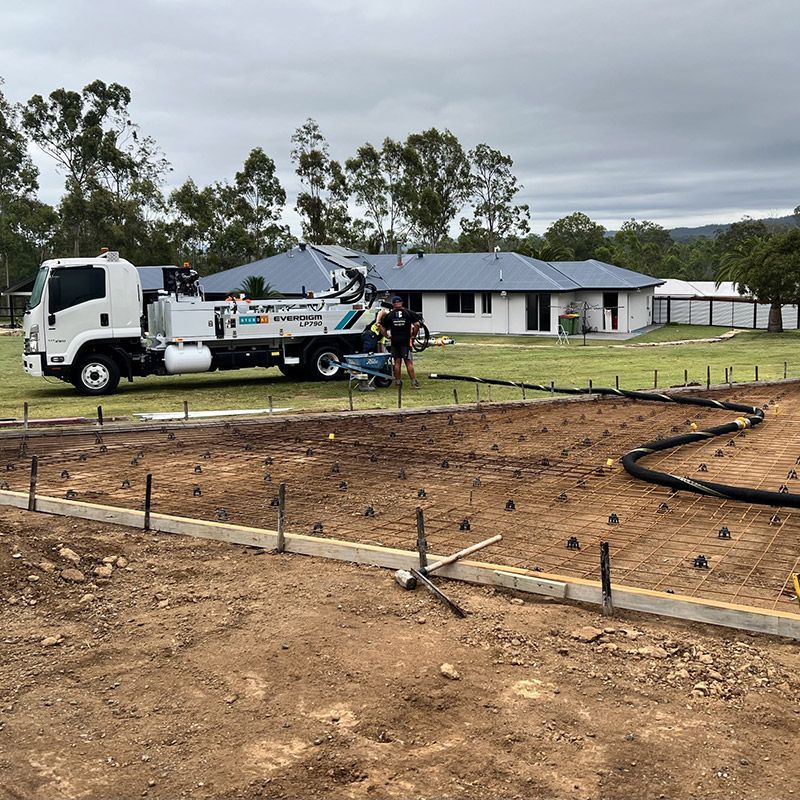What's the Difference between Concrete Pouring & Concrete Pumping
There are so many good reasons to communicate with site visitors. Tell them about sales and new products or update them with tips and information.
Introduction:
Concrete is a versatile and durable construction material used in various projects, from residential foundations to towering skyscrapers. Two crucial processes in concrete construction are concrete pouring and concrete pumping. While both play integral roles in the construction industry, they differ significantly in their methods, applications, and advantages. In this article, we will explore the disparities between concrete pouring and concrete pumping to better understand their respective contributions to the construction process.
Concrete Pouring:
Concrete pouring is a traditional method of placing concrete at the construction site. In this process, the concrete mixture is prepared at a centralized location, typically in a concrete plant, and transported to the construction site in ready-mix trucks. Once on-site, the concrete is poured into molds or formwork to shape and support the structure.
Key characteristics of concrete pouring:
Accessibility:
Concrete pouring is suitable for projects with easy accessibility, where concrete trucks can reach the construction site without impediments.
Suitability for Small-Scale Projects:
This method is often employed for smaller-scale projects, such as residential buildings, driveways, and sidewalks.
Manual Labor:
The concrete is typically poured manually from the truck into the forms, requiring the involvement of construction workers.
Setting Time:
The setting time of concrete during pouring is influenced by factors such as weather conditions and the distance traveled by the ready-mix truck.
Concrete Pumping:
Concrete pumping, on the other hand, involves the use of specialized equipment known as concrete pumps to transport and place concrete at the construction site. These pumps are capable of reaching elevated or hard-to-reach areas, making them particularly advantageous for large-scale projects and those with challenging site conditions.
Key characteristics of concrete pumping:
Reach and Flexibility:
Concrete pumps have a longer reach, allowing them to deliver concrete to high-rise buildings or locations with limited accessibility.
Efficiency:
Concrete pumping is generally more efficient than traditional pouring, reducing labor requirements and speeding up the construction process.
Reduced Manual Labor:
The use of concrete pumps minimises the need for manual labor in the concrete placement process, enhancing worker safety and reducing the physical strain on construction crews.
Adaptability:
Concrete pumps can adapt to various project requirements, including horizontal and vertical placements, making them versatile for different construction scenarios.
Conclusion:
In summary, both concrete pouring and concrete pumping are essential techniques in the construction industry, each with its distinct advantages and applications. While concrete pouring remains a viable option for smaller-scale projects and those with easy accessibility, concrete pumping emerges as a more efficient and adaptable solution for larger projects, especially when faced with challenging site conditions. Understanding the differences between these two methods allows construction professionals to make informed decisions, ensuring the successful completion of diverse construction endeavors.






